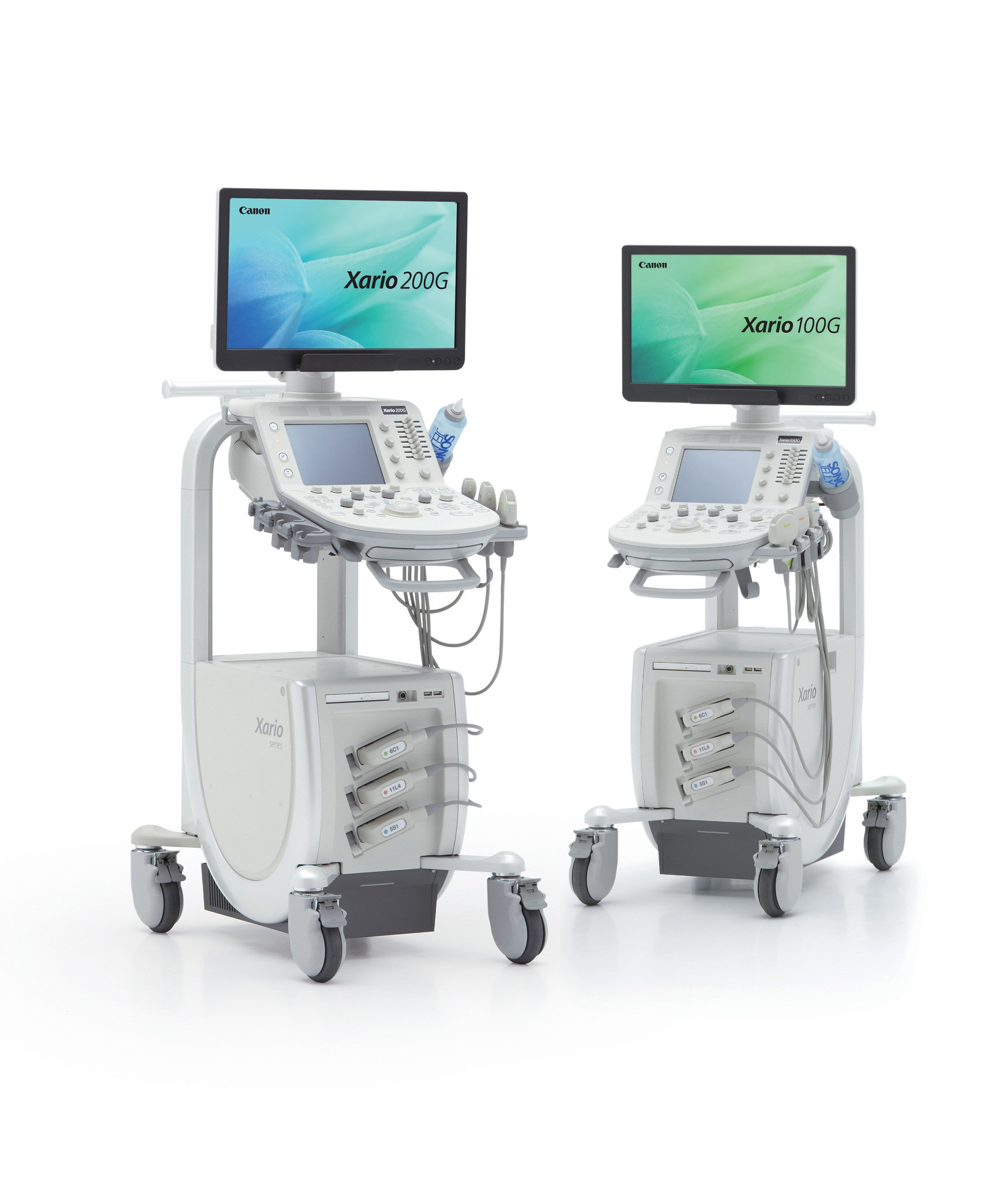Ultrasounds
Ultrasounds or Sonographies
Ultrasounds, also known as sonographies, use sound waves to create pictures. They create images inside the body without using any radiation, making this the choice of imaging for pregnant women and for children as well.

How Does It Work?
Ultrasounds, also known as sonographies, use sound waves to create pictures. An instrument called a transducer is used. It sends sound waves into the body,
which bounce off the tissue. Then, the image is recorded and displayed as an image in real-time.
There are many different types of ultrasounds performed.
- Fetal or obstetrical: This ultrasound is used to evaluate a fetus’s size and age and assess the growth. It can be used to screen for specific abnormalities of a
fetus during pregnancy. - Abdominal: An abdominal ultrasound assesses the gallbladder, bile ducts, liver, spleen, pancreas, and kidneys. The size and shape of the organs are easily recognizable, but typically an ultrasound will be looking for gallstones or kidney cysts.
- Pelvic: A pelvic ultrasound looks at the uterus, ovaries, and urinary bladder.
- Thyroid: This ultrasound evaluates the size of the thyroid lobes. Thyroid nodules can be characterized for their make-up and location.
- Arteries and veins: These can be assessed safely using an ultrasound. This is often the case if your doctor is looking at the aorta for an aneurysm or if your leg veins might have a clot.
What Is It Like to Get an Ultrasound?
Your ultrasound appointment will largely depend on what is being evaluated. Ultrasounds are painless procedures. You can’t feel the sound waves. Typically, some
gel is used for the transducer to glide over the area smoothly. This can be wiped off easily afterward but may feel cold at first.
Ultrasounds typically take about 30 minutes. As the images are produced in real-time, you see what your technician is seeing. They will often talk you through it, but the doctor still needs to assess it.
The entire appointment will typically take about 45 minutes to an hour.

